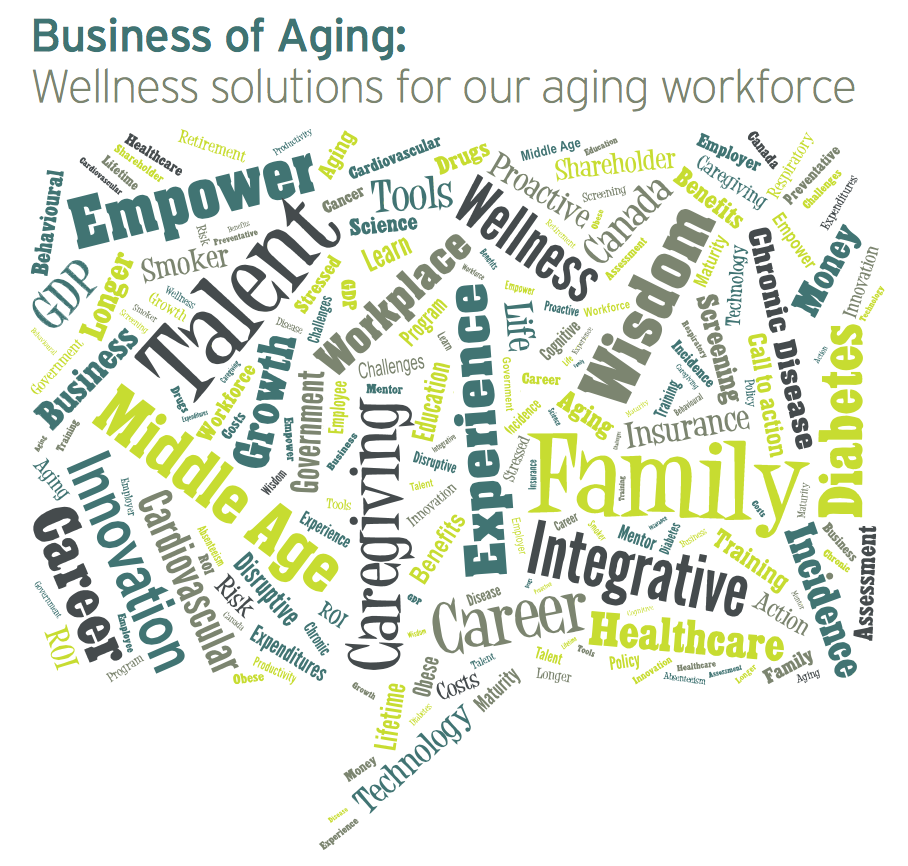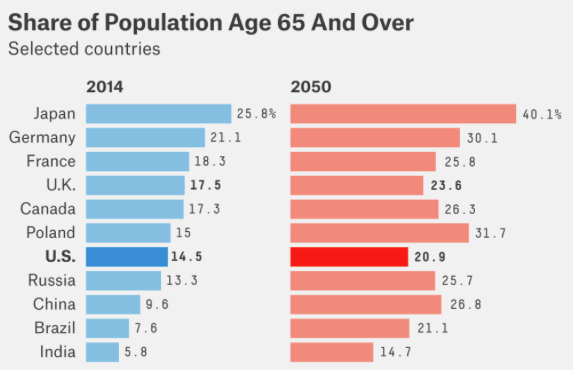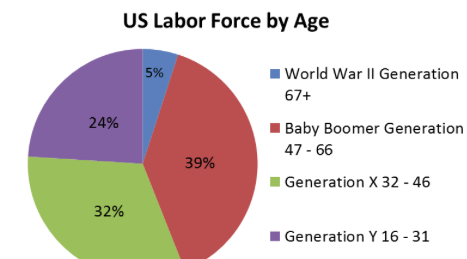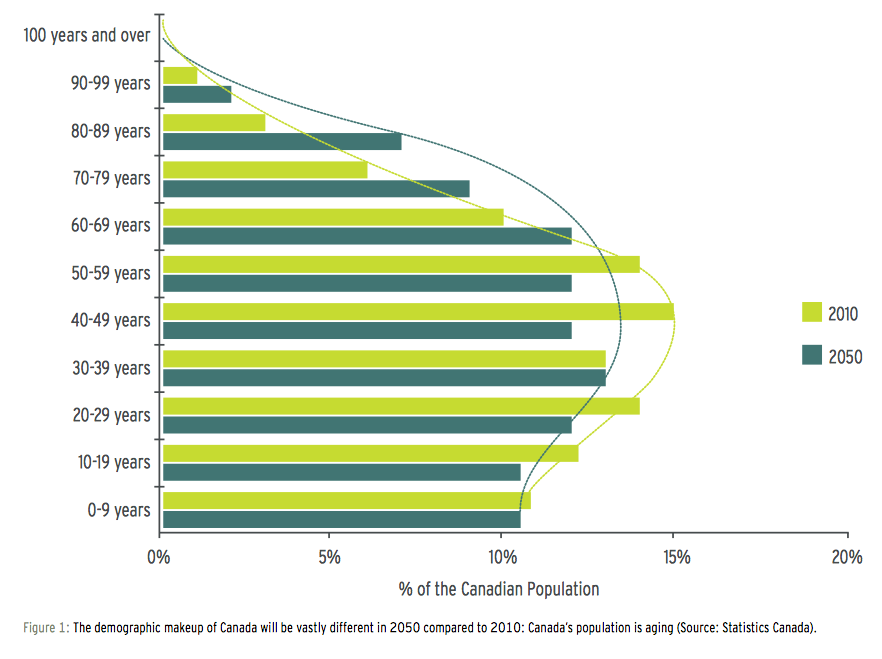
Baby-Boomers, Future of the Labor Force & Technology
December, 9th, 2014.
The Baby Boomers
 Spike in birth rates associated with WW2.
Spike in birth rates associated with WW2.
The Baby Boomers are those loosely defined as those born between 1945 and 1964. Considering the average retirement age of age 65, this 19-year period’s middle point are those born in 1954. In 2015, someone born in 1954 will be going on 61 nearing retirement but not there yet. So given this construct we can expect to by 2019 to see the real influence of the following trend:

Related Video:
The workforce crisis of 2030 — and how to start solving it now
As many of you know, as baby-boomers start to retire this will create an expected shortage in high-skilled labor markets like IT. While increased automation, self-service and machine-learning in the future will mean higher unemployment for low-skilled works circa 2025, Big Data will create jobs and continue to create jobs in sectors like mobile applications, Big Data, Internet of things, wearable technologies, etc….
However, let’s take a look at some of the models that predict serious labor shortages in the world’s most advanced economies. Aging populations around the world means mature economies are facing a historical turning point. The economic strain of how to support so many retired seniors will couple with the greater chances of labor shortages. With stagnating growth in the world’s economies, this points to a crisis point between 2020 and 2030. Since Germany is one of the hardest to be hit, we can fairly assume that Eurozone especially will be in for bleak times ahead.

Demographic fundamentals drive supply and demand and since consumer spending is such a big part of economies today, as individuals and societies we have to prepare for this change. Japan, as well has an aging population problem and combined with national debt can be expected to be several impacted by this trend. Countries that are traditionally less inclined to be open to high-rates of immigration will try to automatize more services, which could lead to mixed results.
Industries and services thought to be especially at risk include:
- Health Care, including hospitals and nursing facilities (exasperated perhaps by bacteria that will be anti-biotics resistant)
- Transportation industries
- Water and Rail transport
- Social Assistance
- Mining and construction
Labor shortages in some very specialized fields are to be expected as well. In a sense, many societies won’t be able to keep up with technological change. This may in the future create more techno “caste systems”, as rich countries will be using wearable tech and be on the smart Internet of things grid many years before other poorer countries (just like some we surfing the internet years ahead of others). The wearable technologies leading to productivity enhancements means a new kind of privilege.
Can you imagine your own personal AI advisor as an earpiece helping you deal with stressful situations?
In 2015

Technology creating Jobs
Gartner predicted that by 2015, 4.4 million jobs globally will be attributed to the Big Data revolution. However, only one-third of those jobs will be filled. Enterprises need to reassess their competencies and skills to respond to the opportunity.
The problem is the new jobs require employees with new skills to match the changes. Skills in data management, analytics and the business expertise of non-traditional skills associated with extracting the value of Big Data, as well as artists and designers for visual presentation.
The Cost of Seniors
The financial burden of an aging baby-boomer population is difficult to predict but will certainly present some Health worker problems and pension squeeze on already fragile economies.

In this blog, I’ll be watching new emerging jobs that are adapting to new technologies as they present themselves. So stay tuned. Are you a Baby-boomer, when did you retire?
2020 will also herald a time when the cheap labor of China’s labor market will start to decline. 2020 is not so far away, just 5 short years. We suspect the financial turbulence will actually stimulate technological innovation and drive down the costs of products both for consumers and enterprises.
Technological innovations that target the aging baby-boomers will also do quite well, since they will retain a majority of their wealth unlike the different financial reality of the millennials inherited. What will these boomers enjoy to do in their senior years?

